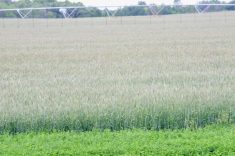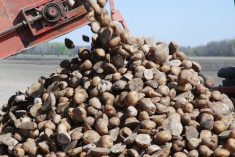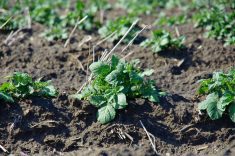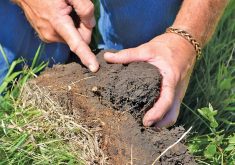Measuring your soil carbon is the ticket to improving soil health and can usher in dramatic productivity gains.
That’s the message that Peter Donovan is bringing to Alberta this month — part of the American expert’s efforts to promote the Soil Carbon Coalition Challenge, a North American-wide initiative to show how you can improve your soils, and your bank account.
“There are lots of examples of better-than-average management that has increased soil carbon, profit, the bottom line, and water-holding capacity,” Donovan said prior to his six-stop Alberta tour later this month.
Read Also
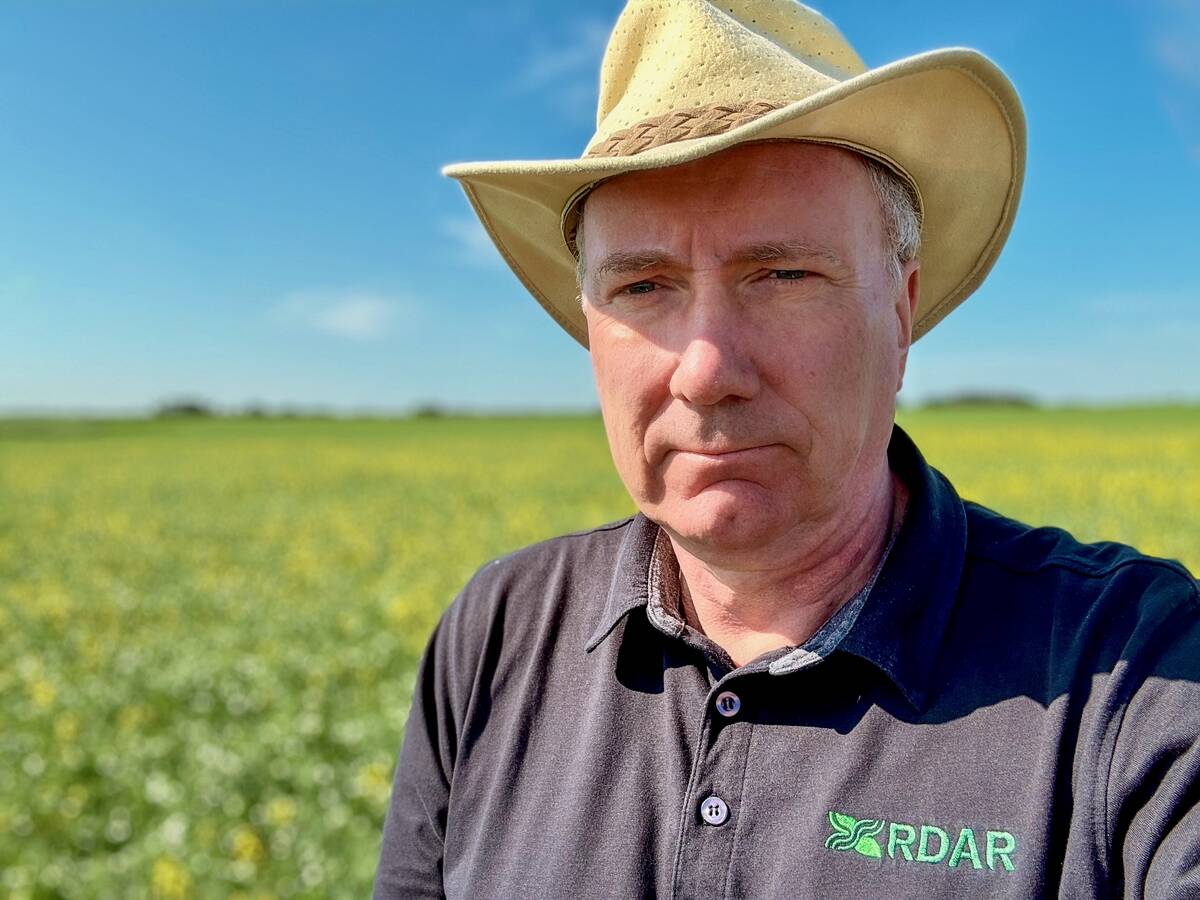
RDAR continues to become more relevant and useful to producers five years after its inception
RDAR has already amassed a strong resume five years after its inception.
A group of Agricultural Research and Extension Council of Alberta organizations is bringing in the Oregon-based Donovan — with the hope the Soil Carbon Coalition Challenge will take root here. In the past five years, more than 300 sites across North America have started using the soil carbon measurement technique, developed in Saskatchewan in 2002, that Donovan teaches.
“The methods that I use are fairly easy, very detailed, and quite repeatable,” said Donovan, who has a background in livestock management.
“They’re designed for measuring soil carbon change in particular places. It’s a time series measurement, so you can come back to the same place and measure change over time.”
The system goes beyond measuring organic matter, which is the usual (but indirect) method of gauging the amount of soil carbon.
- More on the Alberta Farmer: Soil fertility is about more than nutrients
Data lacking
“There’s a lot of talk about this kind of thing, but not very much data,” said Donovan. “There’s a lot of prediction and modelling, but not a lot of data of change over time.”
Carbon accounts for half or more of organic matter by dry weight. The soil carbon challenge uses small soil-sampling plots (4×4 metres). Participants measure water infiltration, take photos of the surface, and collect a variety of samples from a sampling pit. Lab tests of those samples measure total carbon and nitrogen percentages (and, in some cases, the amounts of organic and inorganic carbon).
Knowing the amount of carbon is key because it accounts for more than 90 per cent of the soil’s structure and function, said Donovan.
The individuals and groups involved in the challenge are using a variety of techniques — such as stopping all tillage or periodically grazing cattle on cropland — to build soil health.
“In some cases, these aren’t recipes, but systems approaches,” said Donovan.
But the key is having a scientifically sound method for measuring changes in soil carbon at the same sampling sites over time. All the information collected at sites involved in the Soil Carbon Coalition Challenge is available online so producers can evaluate what is working, or not, for others.
“We want to localize this as much as possible,” said Donovan. “This isn’t a proprietary thing. It’s about monitoring as a best management practice.”
Long-term process
Sometimes the results can come quickly. One group of six farmers in southeast Saskatchewan has seen significant improvements in just three years by intensively grazing cattle.
But Donovan emphasizes it’s generally a long-term process. Participants must make a 10-year commitment and are asked to resample the test sites at intervals of three, six, and 10 years. For example, it can take years before microbial population and soil aggregates build up for land that has been regularly tilled or is heavily compacted.
“Sometimes it takes a while for the soil biology to turn around,” he noted.
During his six workshops, Donovan will also discuss methods producers can adopt to try to improve their soil carbon levels, based on general principles for improving soil health.
“It’s not a prescriptive approach because it’s the farmers and ranchers who can choose to be creative,” he said.
For more information on Donovan’s workshops, contact the host organization.
- Fairview, June 15: Peace Country Beef and Forage Association 780-835-6799;
- Manning, June 17: North Peace Applied Research Association 780-836-3354;
- Fort Vermilion, June 20: Mackenzie Applied Research Association 780-927-3776;
- Westlock, June 25: Gateway Research Organization 780-349-4546;
- Bonnyville, June 27: Lakeland Applied Research Association 780-826-7260;
- Oyen, June 30: Chinook Applied Research Association 403-664-3777.






